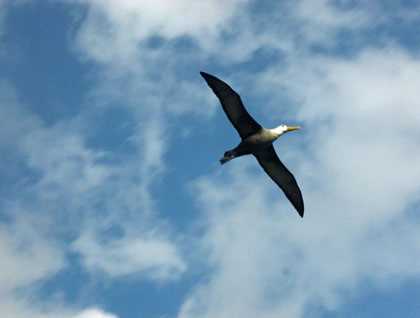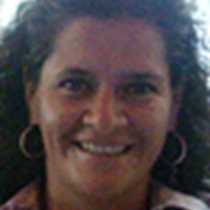One of the oldest islands of the enchanted archipelago is known to us today as Española or Hood Island, named by English pirates back in the 1700s. Around four million years has given animal species more time to evolve in isolation, as this particular environment is home to some endemics of its own.
As we continued to walk among the trails that were once Pahoa-hoe lava flows, we had a chance to see the entire breeding cycle of the Nazca boobies—couples courting, couples making a nest, couples preening each other, parents incubating eggs, and finally parents shifting turns to protect brand new chicks, before the Galapagos hawks that were wandering around even noticed them.
Interestingly enough, the mockingbird of Española is one of only four present on the islands, and they are one of the species that got Darwin’s attention back in 1835. As he collected three out of the four of them, he was able to see the physical differences between them, and he realized that something strange must be happening in this place, “there is a difference between the inhabitants of the different islands…”
We return to the ship with a deeper understanding that this fragile ecosystem needs to be protected and conserved in time, not only for us to see, but for animal species that belong here and nowhere else.







